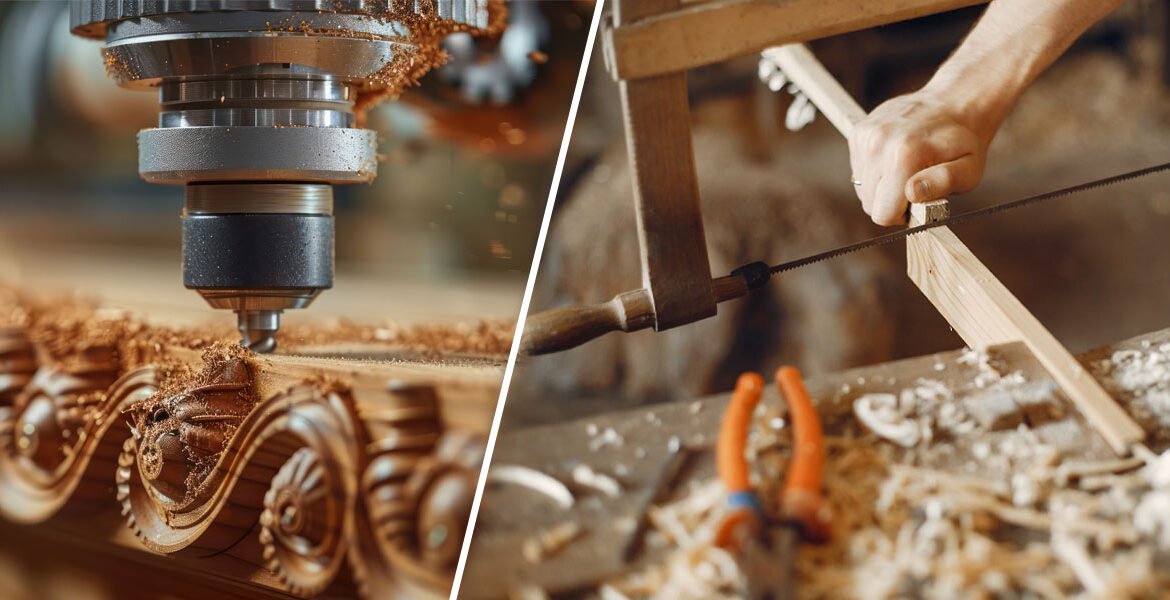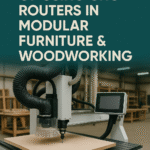Automated woodworking machines have revolutionized the woodworking industry by offering precision, efficiency, and consistency that manual machines struggle to match. These machines are equipped with advanced technology, allowing for intricate designs and cuts to be executed with minimal human intervention. Automation reduces the margin of error and speeds up production times, making it ideal for large-scale operations where consistency and speed are crucial. However, the initial investment in automated machinery can be high, and the complexity of operation often requires skilled technicians to manage and maintain the equipment. Despite this, the long-term benefits in terms of productivity and reduced labor costs make automated machines a valuable asset for modern woodworking businesses.
On the other hand, manual woodworking machines, though less sophisticated, have their own set of advantages. These machines offer greater control to the craftsman, allowing for more personalized and detailed work. They are particularly valued in custom woodworking shops where uniqueness and the artisan’s touch are paramount. Manual machines are generally more affordable and easier to maintain, making them accessible to small businesses and hobbyists. However, they require more time and physical effort, and the results can vary based on the operator’s skill level. While they may not match the efficiency of automated systems, manual machines preserve the traditional craft of woodworking, where the human element plays a central role in creating unique, high-quality pieces.







